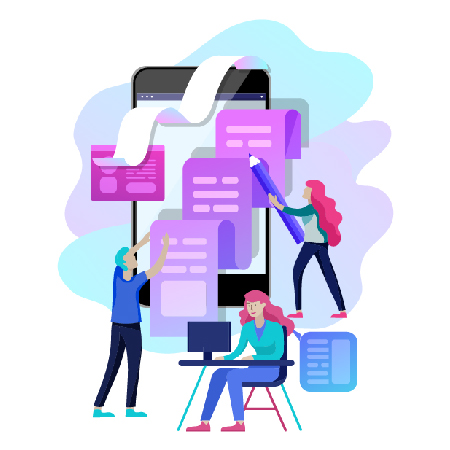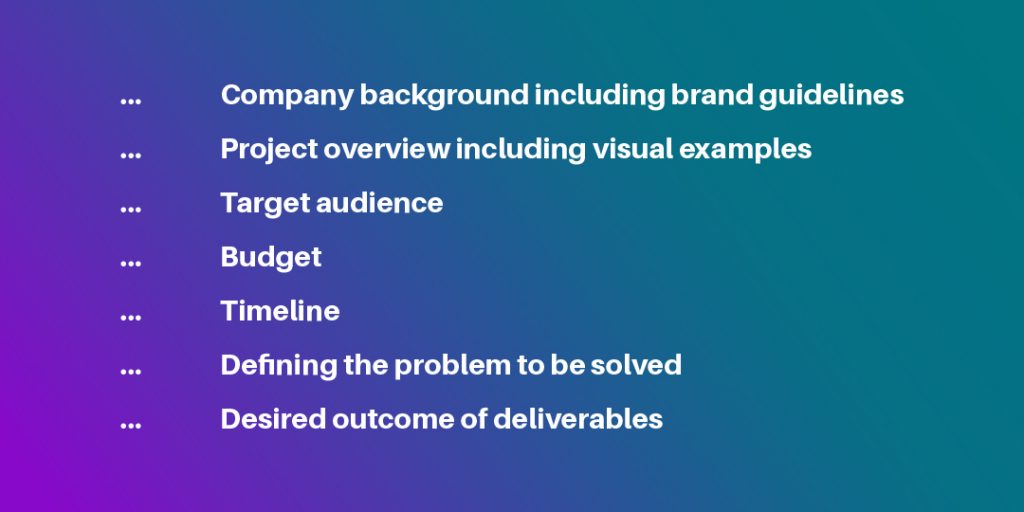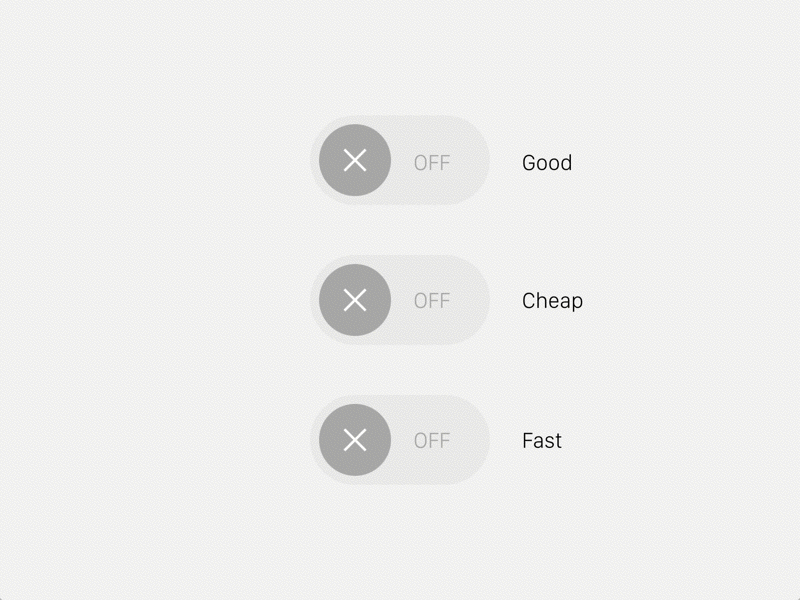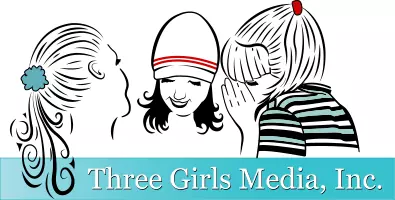Are you a small- to medium-sized business owner who has never hired a graphic designer? Or maybe you have, but had some hiccups along the way. With the infinite online options for hiring a graphic designer, this task can be a grueling one, stopping many in their tracks before even getting started. In the article below, I will answer the seven most commonly asked questions.

What is the role of a Graphic Designer?
Let’s start at the beginning. The deeper understanding you have, the better decision you can make for your business. The role of a graphic designer is to visually communicate a message to your intended audience. There are numerous ways this can be done, and it takes some problem solving. The audience you want to reach will determine the medium you choose to communicate your message.
For example, if your core demographic are the elderly who need assisted living services, you may want to invest in a newspaper ad since a vast majority of elderly people still read printed newspapers. With that in mind, a graphic designer who has experience creating print ads will be your best choice.
Another example is using a social media campaign to zero in on a distinct target audience online. In this situation, you would want to find a designer that has the digital knowledge required for creating social media advertisements.
Toptal does a great job of listing some of the most relevant disciplines graphic designers are practicing today:
- Art Direction: Defining and managing the overall visual mood and style that a design project will embody
- Typography: Arranging fonts and written words to communicate ideas in a readable and appealing way
- Print Design: Visual messages designed specifically for physical, printed surfaces rather than digital interfaces
- Color Design: Creating visually compelling color schemes based on color theory, market trends, and human psychology
- UI Design: Design focused on making human interactions with machine and software interfaces as clear as possible
- Image Editing: Manipulating images like photographs and illustrations to enhance or diminish certain features
- Icon Design: Developing graphic icons that symbolize ideas, emotions, actions, places, etc.
- Illustration: Stylized image-making with the intent of visually interpreting or clarifying complex concepts and processes
- Presentation Design: Arranging text, images, ideas, and slides in a way that maximizes a presentation’s effectiveness
- Brand Design: Visually embodying a company’s core promise with graphics, color, typography and images
Design is a highly collaborative industry. Some of the strongest creative projects in marketing don’t just employ a graphic designer – they utilize copywriters, photographers, illustrators or videographers.

Why do I need a professional Graphic Designer?
In business, presentation and first impressions count! Our brain processes visuals up to 60,000 times faster than plain text. Great design can captivate an audience, stick in their minds and direct them to your call to action. Save time and money by hiring a professional skilled designer who knows how to get the job done right the first time. Great design stands the test of time. Bad design is expensive.
Where do I look for a Graphic Designer online?
If you Google “graphic designer near me,” you will likely see results for freelance platforms, along with a handful of agencies located in your area. Freelance platforms like Upwork and Toptal offer a platform where clients can connect with freelance graphic designers.
However, hiring an agency rather than a freelancer may be of benefit to your business for a number of reasons, including receiving customized results, additional experience and team collaboration. Here at Three Girls Media, we provide every potential client with a complimentary consultation to assess the needs of your business.
Do I need a Creative Brief?
A creative brief is just a fancy way of communicating the details of a project to a creative professional (like a graphic designer) or team. Designers cannot read their clients’ minds and vice versa. If you give vague project instructions, designers will and do execute based on how they interpret what you give them – no matter how small or open-ended.
Whether the project is a full-blown marketing campaign or a simple logo, it’s always a good idea to outline your scope of work.
Some things to include are:

Defining these items will ensure your project goes smoothly. If this task seems overwhelming because you don’t already have brand guidelines or a marketing strategy in place, don’t fret. However, I do recommend investing in these items after an established logo is in place.
Should I look at Portfolios?
Absolutely! Once you have a creative brief in hand, you have a pretty good idea of what skills to look for. Be on the lookout for any examples that are similar to your needs. Seek out the right skill set for the project. In my previous article, I explained the benefits of prioritizing a shared sense of style with your graphic designer.
An experienced designer will, bare minimum, have the following skills, whatever their specialization is.

What questions should I ask?
A light-hearted question regarding where they draw their design inspiration from could help you understand the type of designer they are. This question can also be a great ice breaker.
Asking questions about preferred communication style sets a pretty solid foundation for the client – designer relationship. If a designer’s past work blows you away but you find them difficult to communicate with, it could spell disaster. Communication is fundamental to the design process. Ask the designer if they prefer phone, texting or emailing throughout the project.

An experienced graphic designer will usually have an established creative process. If they don’t voluntarily share their creative process with you, ask!
Ask the designer how they take constructive criticism. This is an essential part of the creative process and your designer should be able to not only take constructive criticism but also be able to have a conversation with you to discuss the reasons behind their design choices.
Should I consider a trial project to ‘test’ out a graphic designer?
This depends on the circumstances. If you are looking to form a long-standing relationship with a designer that you can return to time and time again, a trial project is a great way to test the waters. However, some timelines and budgets will not allow for this option.
Don’t expect designers to take on a trial project free of charge. The purpose of a trial project is to establish a working relationship. Using a small project like creating a social media graphic can be a great way to experience working with someone. When possible, be smart and use a trial project to establish a solid working relationship with a graphic designer prior to hiring for a huge project where more resources and time are on the line.
Some parting words of wisdom: the Quality, Time and Cost ratio explained
In the design industry, it is a well-known fact that you cannot have all three: good, cheap and fast; you have to sacrifice one. Keeping this in mind will save you some unpleasant surprises along the way.

Let Three Girls Media assist in your next graphic design project!
Don’t underestimate the value of a properly executed design project. If you want a thoughtfully crafted message communicated to your intended audience that knocks their socks off, look no further than the combined forces of Three Girls Media.
Special Offer:
Sign up for a complimentary consultation during December and receive an Annual Marketing Planning Guide valued at $475! We offer a 30-minute phone consultation with our CEO, and can answer your questions and discuss your specific marketing needs - no strings attached. Call 408-218-2391 or contact us today to arrange your consultation!

